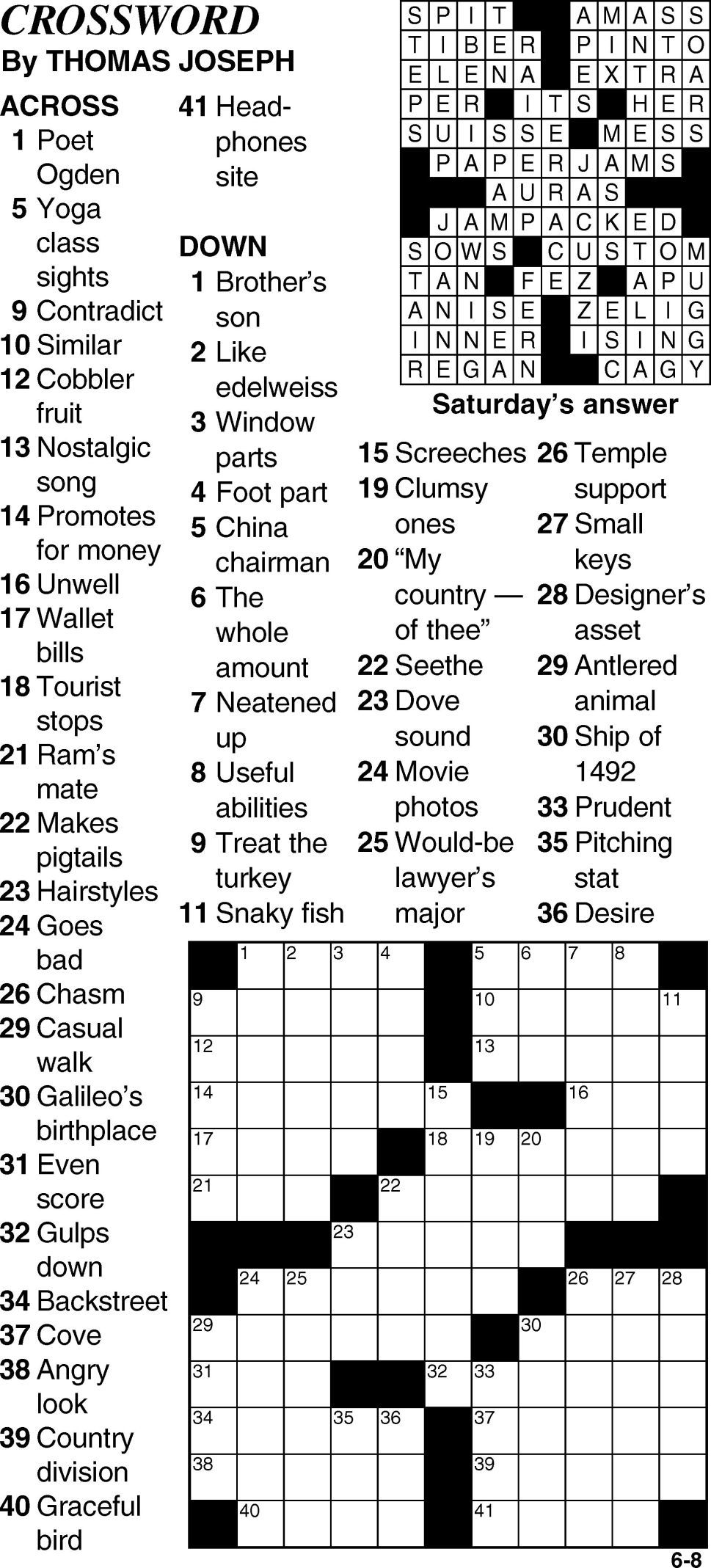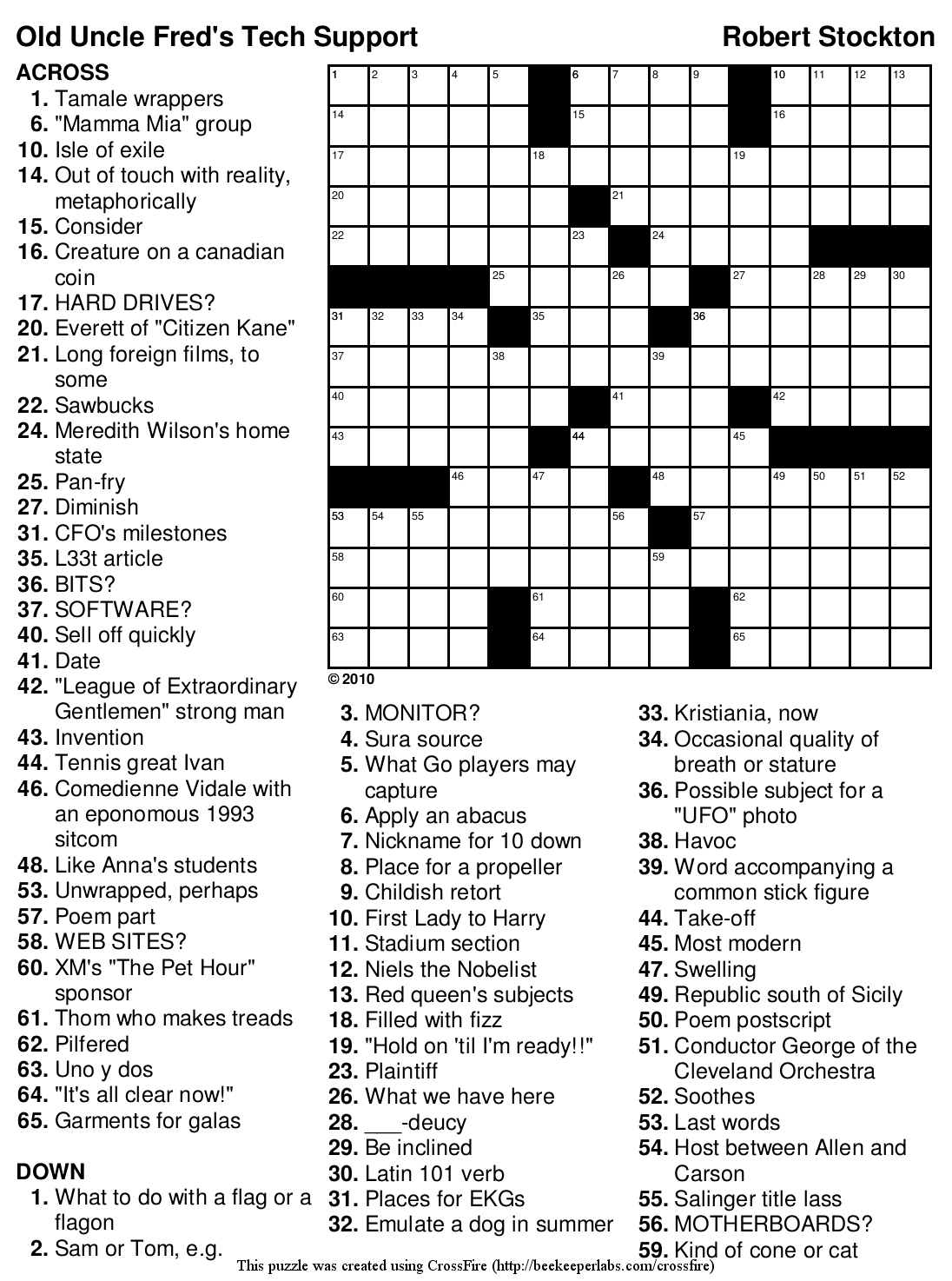

Students can create a puzzle based on what they already know about a topic.
Create a puzzle as part of a K-W-L activity. Have students teach their classmates what they have learned, and then have the students solve each other's puzzles. Conduct research on a specific topic and create a puzzle. Create puzzles based on a book you have read in class. Create puzzles using their weekly or monthly vocabulary words. It can be used in a myriad of ways to support your instructional goals. The best feature of the Crossword Puzzles tool is its versatility as a classroom resource. Note: Students cannot save their puzzles online make sure they print before exiting the tool. From there, the finished puzzle may be solved online or students can click Print to print the puzzle. Next, they are asked to provide clues for each word. After titling the puzzle, students click Begin and can start typing their puzzle wordsas few as 3 and as many as 30. To create a puzzle, have students enter their names and then select the Create Your Own tab. These printer-ready handouts are designed for parent and tutor use and can be sent home with your students. 
You might also want to visit Tips for Using Crossword Puzzles With Children and Tips for Using Crossword Puzzles With Teens.

The puzzles also provide opportunities for students to evaluate, analyze, synthesize, and summarize information and experiment with language.įor more information about using ReadWriteThink's Crossword Puzzles tool, including lesson plans that incorporate it, see the Crossword Puzzles Tool Card. They help students develop word analysis and critical thinking skills and improve vocabulary and comprehension. Crossword puzzles can be used in the classroom to support, extend, and enrich your literacy-based instructional goals.







 0 kommentar(er)
0 kommentar(er)
